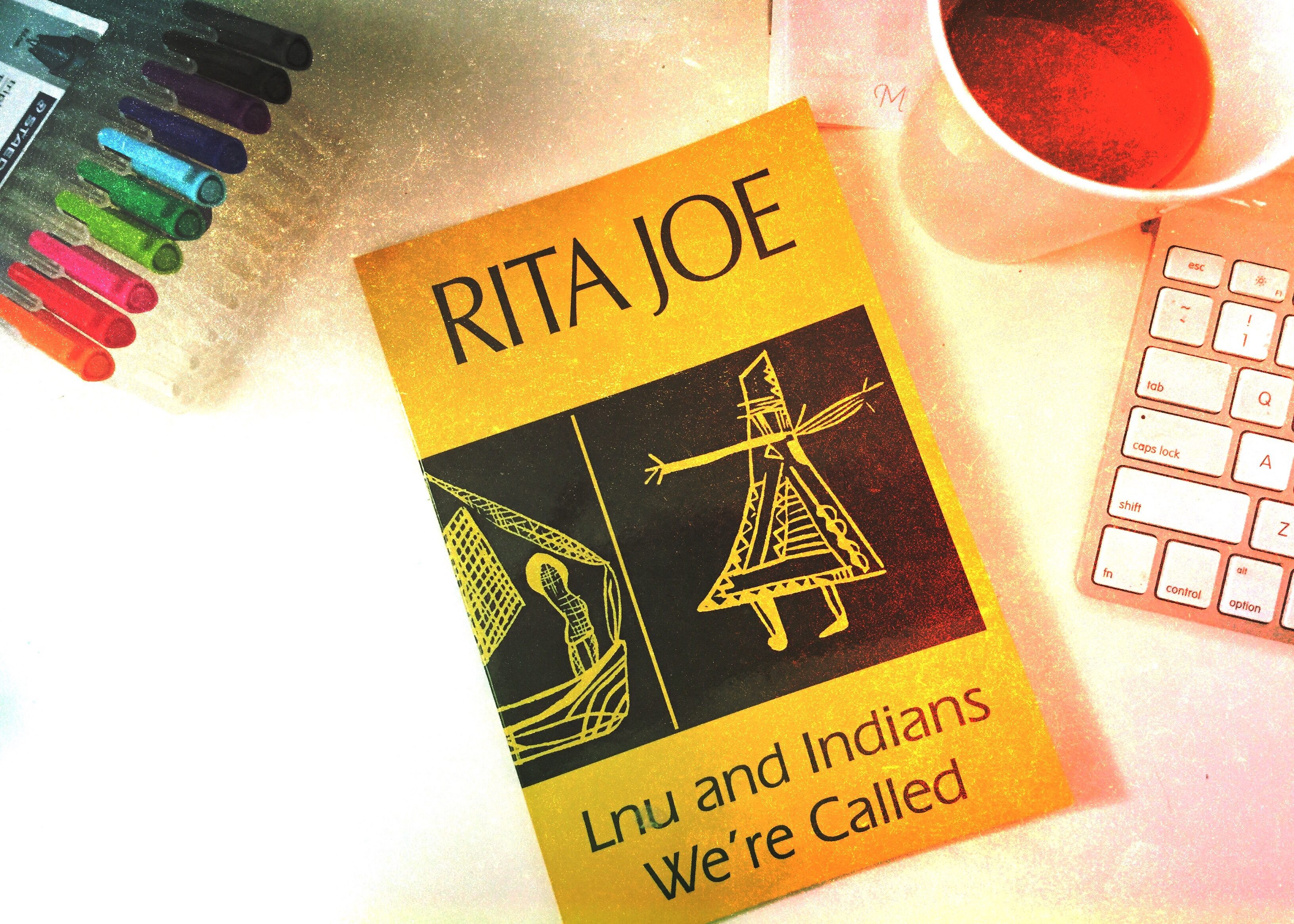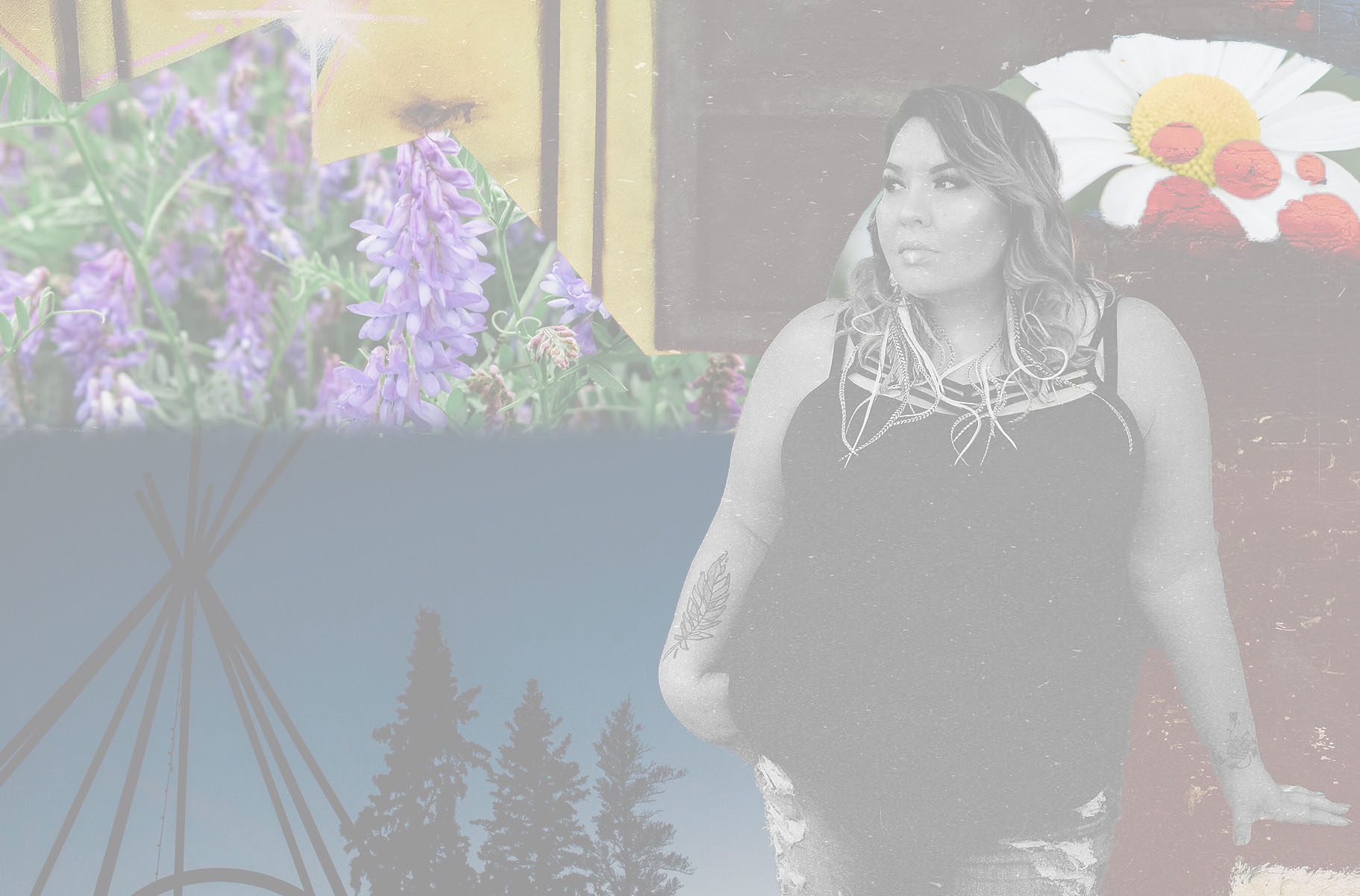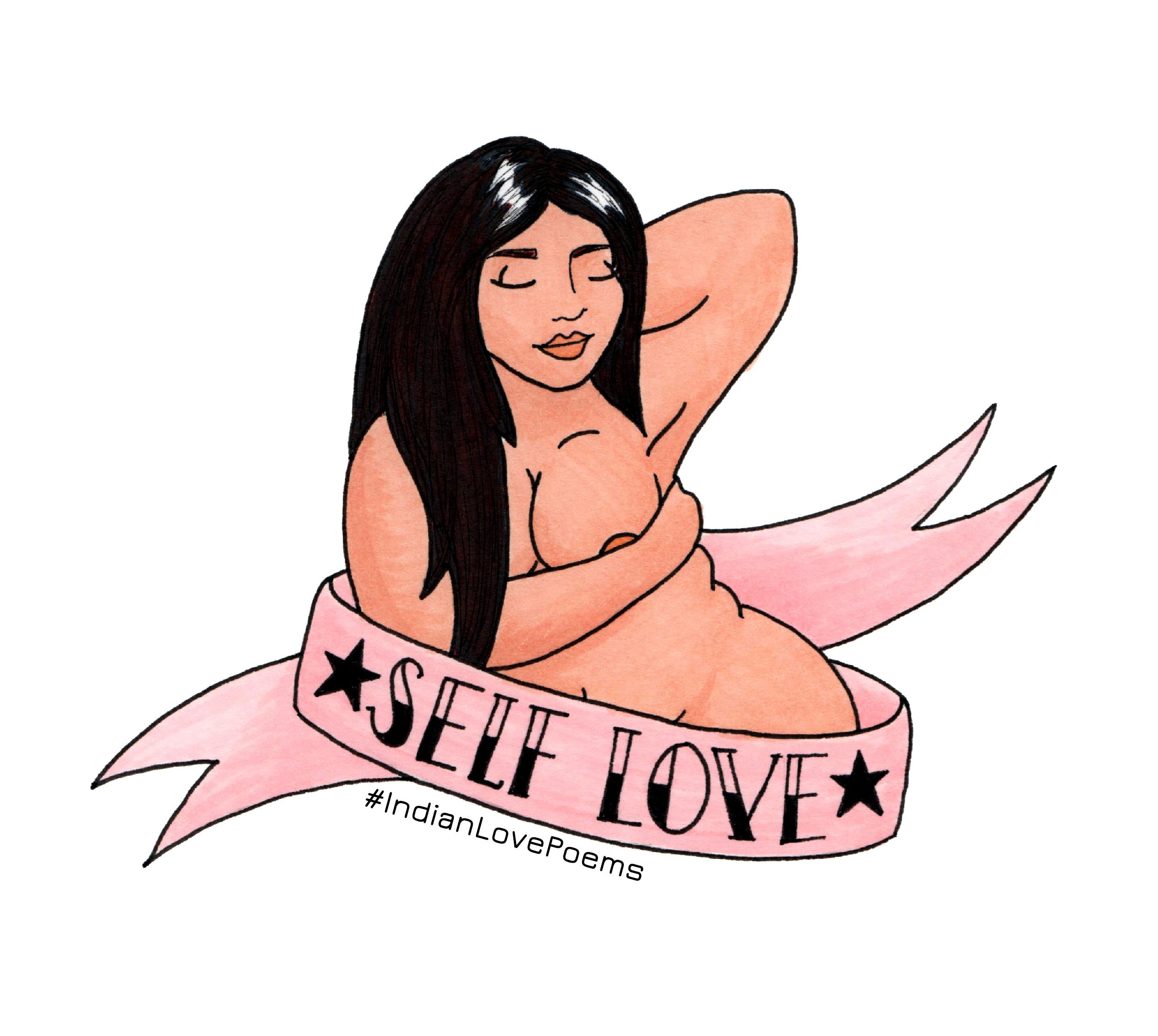
“I try to have positive outlook on life, and to reflect that in my writing. We all have hard times, but we cannot dwell on negative things.” – Rita Joe, Introduction, Lnu and Indians We’re Called
After reading this book of poetry, I see that outlook resonate within her work. As she is one of the East Coast writers, I do find her style of writing and story structure reflective of that. Land based poems tend to include the ocean, she mentions wigwams as opposed to the tipi’s here, and so on. And while her hopeful outlook did resonate within her poetry, I find I agreed more with poems that were a bit more fact-based then idealism-based.
I Clutch the Pretty Trinkets and the Pretty Beads – p. 9
This poem shares the story about the initial comings of the ships and promises broken. The people left behind wave with gifts in their hands – “pretty trinkets and pretty beads” – and the speaker holds these items close to her heart, and the boaters promise to return to work side by side. And “[t]hey returned and brought others, so many more. / Until we felt closed in, trying to learn their way / Adaptation became impossible.” The speakers tells of how the land was cleared and building stand tall.
There is a shift of time now, in the poem, reflecting current states. She says “I want to see the clouds but the stones are in the way / I want to walk the well-worn trails / But the stones hurt my moccasins feet.” Her world has changed and she holds a picture in her head of “a wigwam / With laughing children, my language spoken by everyone.” She tells how she wants to cry but that’s not her people’s way. She holds the trinkets and the pretty beads still and reflects how “[t[he promise still beating the heart / Why do I feel so alone?”
This poem seems pretty straightforward, reflecting on how newcomers were welcomed at the shores and shown how to survive, how a trade happened with trinkets and beads, but how the newcomers took over, and now the old way of life is no longer possible, but we remember the promises initially given, even if we stand alone. It’s in contrast with her initial introduction of how we need to be positive, but this may also be a bald stating of facts – promises were broken but we remember. When will you honour your words?
Old Stories – p. 21
Again, we speak of memories. The speaker is remembering the stories told by the woman – the readers are given small potent images with a few choice words – “bannock baked in a bed of stone / Of birch bark fashioned into a pot / To boil meat and bone.” The entire poem is a honouring of the old people’s stories, of “wigwam in the wood / with deerskin for a door” and how herbs and medicines were gathered from the land to cure and heal themselves. She ends with how the prayers and songs were sung and how stories were shared by elders to the youth, and how it will never be the same, only in our “minds and elderly tales.”
This poem shows us al to with strong visuals, but also what is implied is also strong. The gathering medicine speaks to me, as it shows a medical understanding of body and health well before European influence. The use of “prayers and song” show the reader spirituality and how religion/spirituality, again, was in place before contact. It’s a strong poem that showcases a complete culture with all the “earmarks” of a “civilized” nation – religion, medicine, homes, families, hunting, etc. But the end, the ending of that way of life, is a reminder that this way of life was disregarded, seen as something that was not “enough” and too wild, too nature based.
For such a clean cut poem, it packs a lot of power.
The Dream Was The Answer – p. 43
I really like the oral narrative of the poem. It read like she was simply telling a story to a friend, speaking plainly and honestly about this one situation. The poem is about how Rita is travelling home to Canada, the day after her husband of thirty-five years passed away. She is travelling home, and she is peaking to her Creator, telling him about what a good man her Frank was. How he “knew a lot of trades / [o]ne of them with children” and he “replaced loss with loving arms.” Exactly a month later, she receives a call from her daughter in Saskatchewan, and how she dreamt about her father. Her father was “holding a child, a child so beautiful / [h]is hair the colour of snow” and that’s when Rita knew that Frank was at peace, as “[t]he symbol of our culture is white” and that Frank was working with the Creator.
I like how this speaks of family and faith and love. I like how this addresses grief. I like how it shows to looks for signs, and how that our culture is reflected in the signs we receive.
Get the book: Lnu and Indians We’re Called


